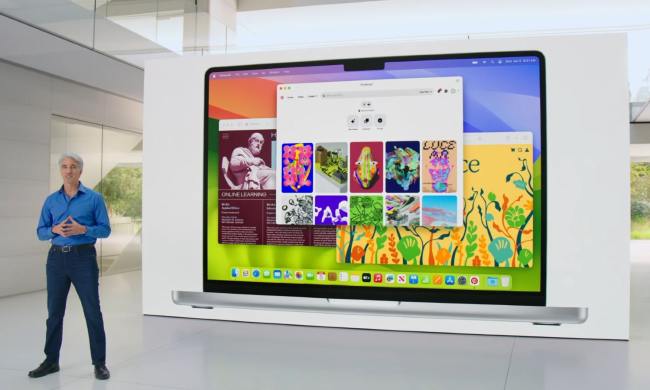The launch of Apple Silicone marked a historic moment for Mac computers but left some users wondering about the state of running Windows on their machines. Luckily, with the Parallels Desktop 16 for M1 Mac Technical Preview, users can run the latest edition of Windows on ARM. As a no-cost alternative, we’ll also explore how you can run ARM Windows apps using the QEMU open-source emulator and virtual machine application.
Here’s how to run ARM Windows on an M1 Mac.
Run ARM Windows using Parallels Desktop

The first option for running Windows 10 on ARM using your M1 Mac is to use the Parallels Desktop 16 for M1 Mac Technical Preview software. It is essential to note the phrase ‘Technical Preview” as this software is not entirely ready for prime time and should not be used on mission-critical hardware. If you don’t mind taking a bit of a gamble, here’s how to get started with Windows on ARM and Parallels Desktop:
Step 1: Sign up for the Parallels Desktop for Mac with Apple M1 Chip (Apple Silicon) Technical Preview Program and download the Parallels Desktop software. When downloading, make sure to take note of your activation key, as you will need it later.
Step 2: Sign up for the Windows Insider program, then download the latest Windows 10 Insider Preview for ARM64.
Step 3: Double-click on the Parallels Desktop 16 DMG file you downloaded during Step 1, then double-click the Parallels logo to begin the install process — you will be prompted for your activation key. Click Accept, and enter your password when prompted during the setup process.
Step 4: Once the installation has completed, an Installation Assistant window will appear — click Continue to move through the process.
Step 5: The Create New section of the process will appear. Drag and drop the Windows 10 VHDX file you previously downloaded in Step 2 onto the Installation Assistant.
Step 6: Grab a cup of coffee or tea while the Installation Assistant prepares and installs your copy of Windows 10 on ARM. Once completed, Windows 10 will be ready to use, and you can begin installing your favorite ARM Windows applications.
As a further tip, once the software is installed, you may wish to ensure that your copy of Windows on ARM receives the latest Technical Preview updates. To obtain the latest updates, search for and open Windows Insider Program Settings, then link the Windows Insider account that you had originally used to download the technical preview.
Run ARM Windows using QEMU and ACVM

Another option for running Windows 10 on ARM is to use QEMU, an open-source emulator and virtualizer. A launcher called ACVM can then be paired with the software to make running Windows 10 on ARM a bit easier.
Step 1: Sign up for the Windows Insider program, then download the latest Windows 10 Insider Preview for ARM64.
Step 2: Download the latest version of the ACVM launcher from GitHub.
Step 3: Unzip the ACVM.zip file by double-clicking on it.
Step 4: Right-click the ACVM app and select Open; this must be done as the app is from an unknown developer to Apple, and simply double-clicking it will cause it to fail.
Step 5: Drag and drop the Windows 10 VHDX file you previously downloaded in Step 1 into the ACVM app onto the main image icon.
Step 6: Click Start to boot the machine. Follow the on-screen prompts to install Windows 10 on ARM; this process may take some time.
Step 7: Once completed, Windows 10 will be ready to use, and you can begin installing your favorite ARM Windows applications.
As a further tip, once the software is installed, you may wish to ensure that your copy of Windows on ARM receives the latest updates. To obtain the latest updates, search for and open Windows Insider Program Settings, then link the Windows Insider account that you had originally used to download the technical preview.


